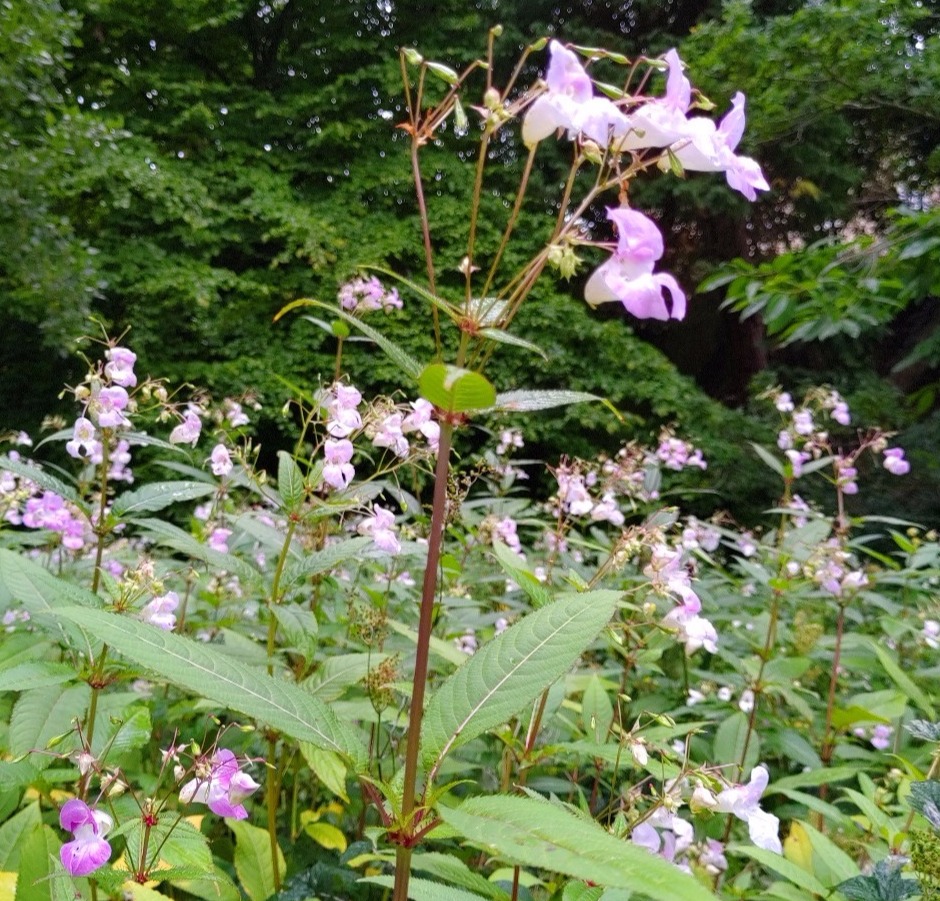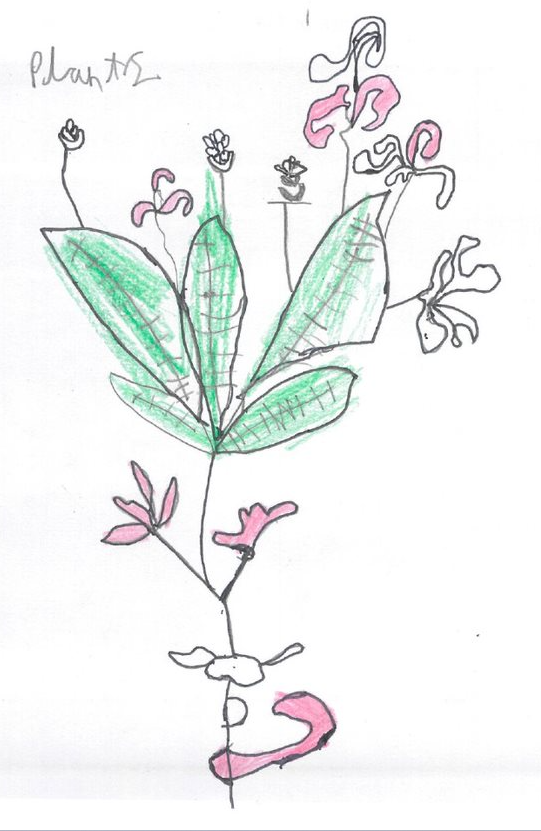

Directions:
Walk along the boardwalk and see what you can spot, when you reach the end the boardwalk continue along the path towards the road.
Did you know?
• Its also known as Impatiens glandulifera (its scientific name).
• It is an invasive non-native species (INNS) meaning it is seen as a plant that will cause environmental and economic damage to our native ecosystems.
• It was introduced to the UK in 1839 by the Victorians to be a garden plant but then escaped into the wild and is now taking over riparian corridors and ditches.
• As it arrived relatively recently it does not have any natural competition. It also tolerates low light making it a versatile plant.
• It can easily spread, helped by the fact it can produce 800 seeds, which will disperse up to 7 meters away (but can travel a lot further in water).
• They can grow up to 3m tall and produce pink flowers. They produce lots of pollen which is great for the bees.
• Himalayan balsam can take over by shading out other plants. This creates a monoculture decreasing the biodiversity.
• It is actually illegal to plant or grow Himalayan balsam due to how damaging it to our native habitats.
